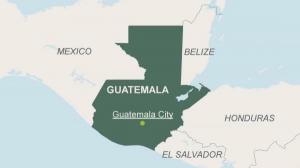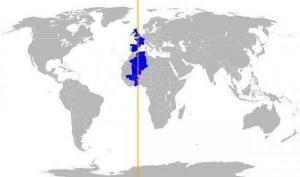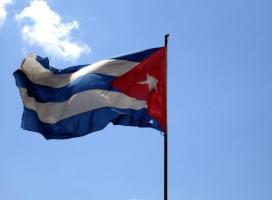Characteristics of the MING dynasty of China

The history of China is usually divided into dynasties, being the house that occupied the throne of the emperor the main element that allows us to know the various stages of the Asian giant. One of the main stages of China, due to the great power it had during this period, was that of the Ming dynasty, considered the last great stage. To know in depth this royal house in this lesson from a Professor we must talk about the main characteristics of the Ming dynasty.
The ming dynasty was the penultimate dynasty in Chinese history, being located between the years 1368 and 1644, so they were the last years of the Middle Ages and much of the Modern Age.
The Chinese stage of the Ming Dynasty is considered by historians as one of the best governments in the history of mankind for its stability and discipline. During the dynasty years, China became one of the greatest empires in history, achieving enormous military feats and managing one of the best fleets in history, which made him one of the nations with the greatest commercial influence, being the only non-Western or European country that achieved such feats.
Another of the important points of the Ming dynasty were its travels around the world and it is considered that it was during this stage that China opened up to the rest of the world, beginning to have more relations with other more distant countries.
The founder of the Ming Dynasty was Zhu Yuanzhang, a Buddhist peasant monk that he started a revolt against the Mongol kings who occupied the throne. Zhu achieved this uprising thanks to the support of a group of peasants due to poor harvests. In a short time they managed to take Beijing and change the capital to Nanking, centralizing power in this city and seeking a greater traditionalism based on Confucianism.
Zhu's son, Yong Io, was tasked with taking China to a new level, extending the borders to the south and north, and ending the revolts in Mongolia, Indochina and the Indian Ocean. At that point of splendor he changed the capital back to Beijing, where he built an enormous number of palaces and temples to show the economic power of the region.
Even with that, the new emperor understood that China was not a perfect country and that the nomadic tribes of the north could try to attack again, so increased the size and defenses of the Great Wall. Finally, Yong understanding that land trade was complicated by the numerous attacks of the Mongols, decided to bet on maritime trade, being the origin of the expansions by Java, India, Persia, Arabia and areas African.
Emperors of the Ming dynasty
- The subsequent tranquility of China leads us to Kia tsing, the emperor who had to face Japanese and Siberian pirates who attacked Chinese ships and even reached the capital of Beijing.
- The next emperor, Zhang Juzheng, he was able to drive out the pirates, at the same time that he established a series of political, economic and social reforms that managed to end the growing Chinese corruption.
- Zhan's successor, Wan Li, it maintained the new policy and allowed a cultural flourishing that gave rise to the first Jesuits, who brought the ideas and technology of Europe. Although during his rule he was able to stop the Japanese invasion attempts, he could not stop the advance of the intrigues of the court, nor the invasion of Manchuria by the Tunguses.
- Finally, the Minga dynasty carried out after the government of Chuang-li-ti, who committed suicide when he learned that the Tungues had arrived in Beijing and that they were going to take the throne.

To continue getting to know this important Chinese dynasty we must continue with this lesson on the characteristics of the Ming dynasty, talking about the main elements that define this period.
The main characteristics of the Min dynastyg are as follows:
- The fleet was the center of Ming China, both for trade and for war.
- A standing army was created, which was essential to stop the advance of the Japanese from the nomadic tribes that inhabited the surroundings of China.
- He opted for the improvement of the agricultural sector, looking for a better life for the farmers and a creation of ways so that the sale of the surplus would be easier.
- They began to trade with the great European powers, especially with the Portuguese, Spanish and Dutch.
- Power was centralized in the capital, but also the provinces were originated for a more efficient management of such a large region.
- Religion was much more open, with the presence of Muslims, Catholics and Taoists.
- Many of Europe's inventions were adapted, bringing a huge evolution in the region.
- A complete system of public employees was created, dividing the high and low officials, and locating them throughout the nation for greater control.




